The Sierra de Becerrero massif, also called Sierra de Estepa, has been declared a Mountain Area of Environmental Interest, and is located between the towns of Estepa, Gilena, Pedrera and Lora de Estepa, rising sharply from a fairly flat environment.
The southern part of the municipality of Estepa has a mountainous relief, as it is in the area of the first foothills of the Sub-Baetic zone of the Baetic Mountains, which spread across the south of the province of Seville and the northern part of the neighbouring provinces of Malaga and Cadiz. In this area of the municipality of Estepa the hills are of moderate altitude, ranging from 400 to 845 m, the highest altitude being that of the Becerrero peak.
The materials that form the mountain range are mainly carbonate, with limestone of great purity, which has always been highly appreciated for its commercial value. The nature of the substrate of this mountain range also provides for the existence of a major karstic aquifer, whose groundwater is used for urban supply and for irrigating the olive groves, the most important crop in the area. The water from the sierra emerges through springs at its feet, the best known being the Roya spring, which fed a rural fountain and a drinking trough for cattle and was very important due to its proximity to the town centre and the royal stock-route from Ronda to Ecija.
In the Sierra de Becerrero there is a predominance of pasture, olive groves and pine forests, with some small patches of holm oak and wild olive trees. The whole forest area serves as a refuge for many different bird species. The main uses of the mountain range are Aleppo pine forestry, hunting, gypsum mining and quarrying. The famous Estepa limestone has been used in historic buildings, such as the Cathedral of Cadiz and the old Tobacco Factory in Seville.
At the foot of the Sierra de Becerrero, in the municipality of Gilena, is the famous Ojo spring, whose waters were used to water the horses that rode the royal road to Granada and to operate several flour mills.
The municipality of Lora de Estepa is quite flat, although there are some areas with moderate elevations, such as this Sierra de Becerrero, and the hills of Hacho and Hachillo. A small area of the Sierra de Becerrero belongs to the municipality of Lora de Estepa, specifically the hills of Guinchón and Piedra del Águila, of great scenic and natural interest. These mountain areas are of great value to the municipality, since the natural vegetation of this area is restricted to the steep slopes of the hills, where no agricultural activities can be carried out.
The area of the southern slope of the Sierra de Becerrro belongs to the municipal district of Pedrera, where it appears as a sharp rise in the northern part of the district, with the Cerro del Ojo standing out for its altitude. The Sierra de Becerrero is of great importance for Pedrera, since it preserves the only remnants of natural vegetation present in the municipality, with patches of Aleppo pine and Mediterranean scrub, as well as being the area of greatest landscape value in the district. The relative isolation of this mountain range within the Sevillian countryside, somewhat separated from the rest of the Sub-Baetic formations, together with the abundance of water that emerges from the subsoil, led to this area being one of the first places to be populated in the region.
Access is free. The A-353 road between Gilena and Estepa crosses the western area of this mountain range in the municipality of Gilena.
Flora
As far as vegetation is concerned, among other plants, you can find cat's claw, slender dayflower, black hawthorn, lavender, etc.
Fauna
With regard to fauna, in this area, you can observe the red partridge, the griffon vulture, the kestrel and the eagle owl, among other species.
In the pine groves we must highlight the presence of the crossbill, this being one of the few places in the province where the species is found. You can also find wheatears, warblers, kestrels, buzzards, Montagu's harriers, green woodpeckers, European crested tits, wood larks, common firecrests and cirl buntings.


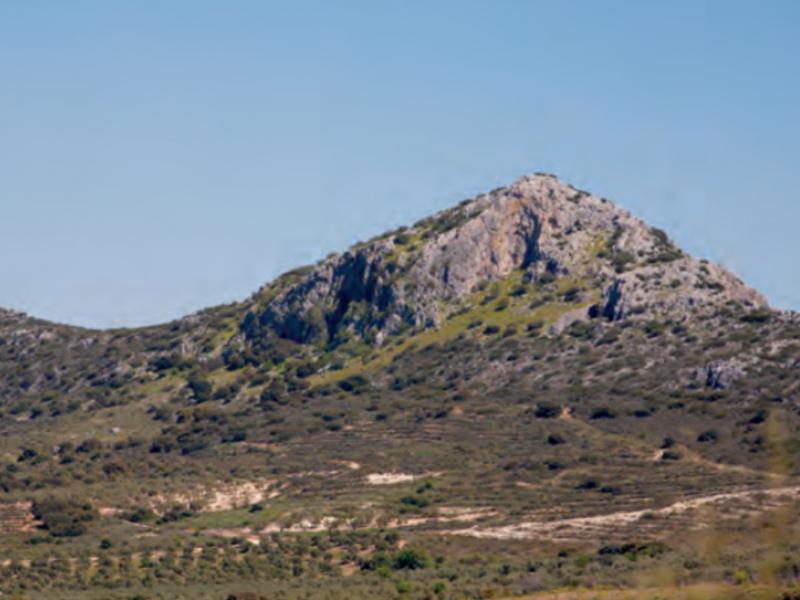
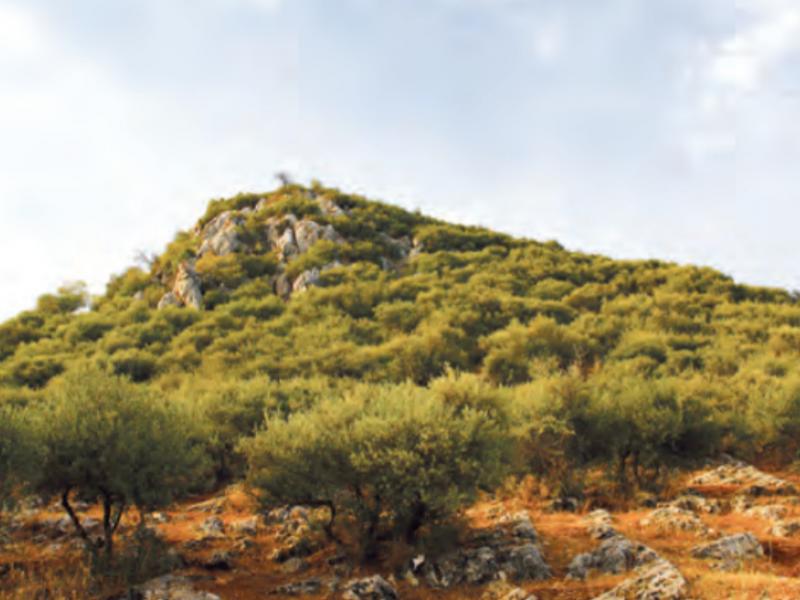
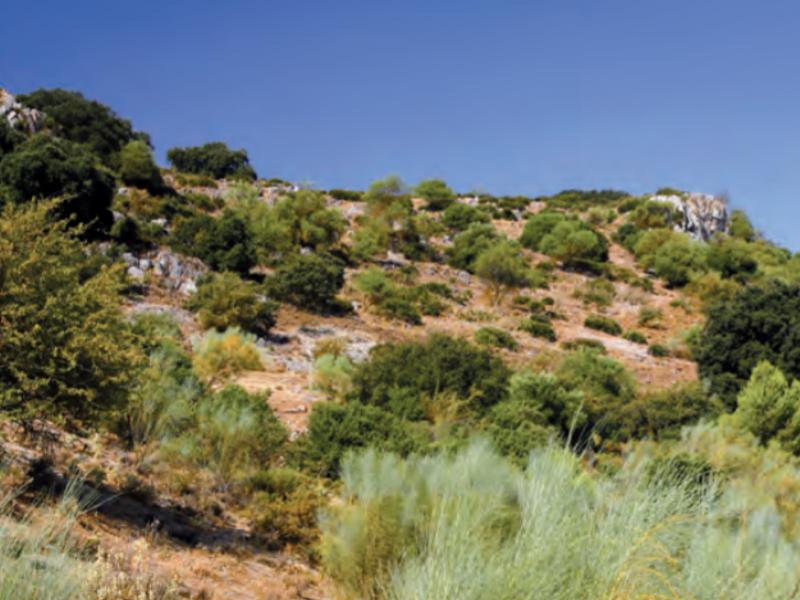
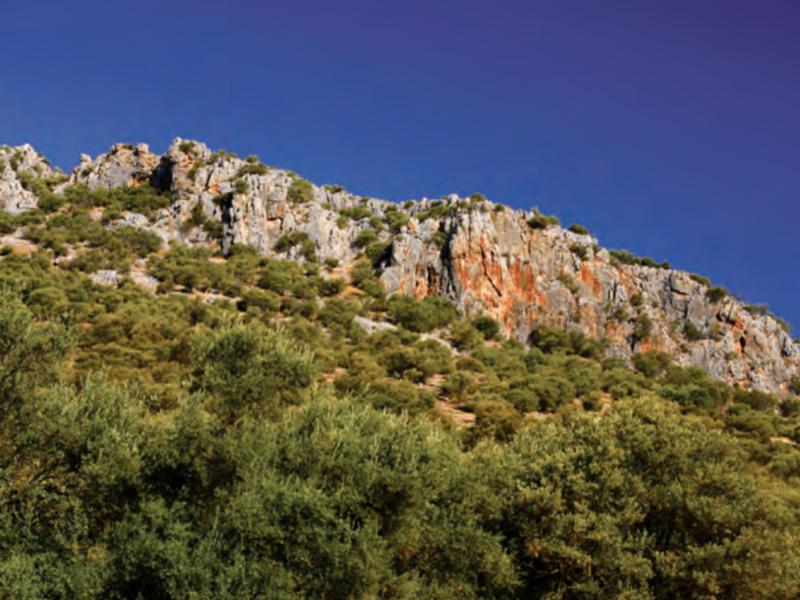
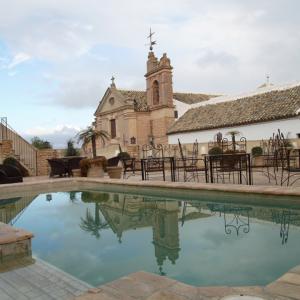


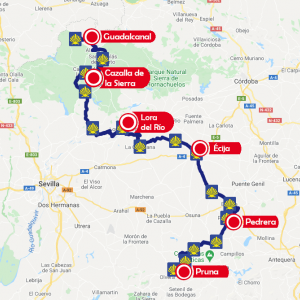
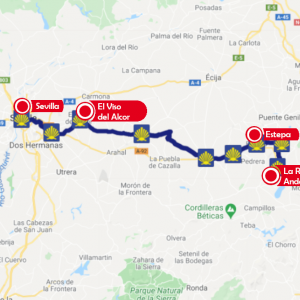
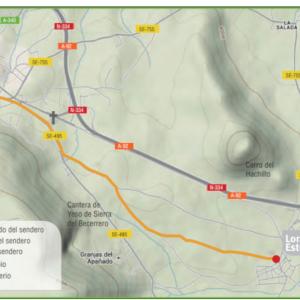
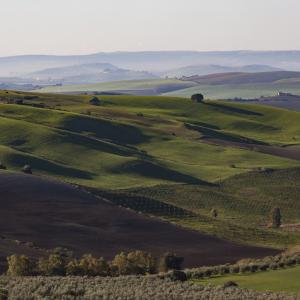
0 comments
New comment
The comments are moderated, so it takes a while to appear. If they contain offensive language they will not be published.